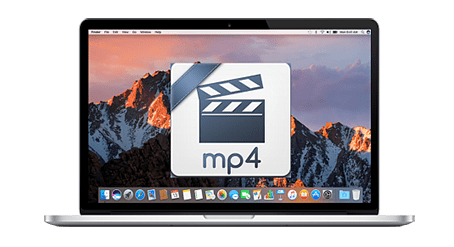
Want to hear for yourself if it's worth getting excited about these new developments in audio? Take this NPR audio quiz yourself. In addition, many people can't hear the difference between high-quality lossy audio such as 320kbps MP3s and lossless tracks. That's because they themselves were mastered at low audio resolutions. For example, Neil Young - first with his Pono music service and now with the Neil Young Archives - has pointed out that even CD masters fall far short of true high-quality audio. The mastering quality of the music also matters. In addition, just because a song is lossless doesn't mean it's a good copy. You should also keep in mind that your existing music collection can't make use of new hardware. The same, though, is true of any format, which supports Dolby Atmos or DTS:X. Of course, you'll need newer Apple hardware to make the most of Spatial Audio. To make the most of any of these you need the right audio equipment. Great sound quality but it's uncompressed.

WAV (Waveform Audio File Format): The standard CD format. Quality and size are roughly equivalent to MP3.

Ogg Vorbis: An open-source, non-proprietary, patent-and-royalty-free, compressed audio format. It's used with lossless formats, such as ALAC, FLAC, or WAV. This is a high resolution, aka better than CD quality, format. Still around, but no one's favorite format today. MP3: Popular, older lossy compressed format ensures small file size, but far from the best sound quality. FLAC files take up about half the size of WAV tracks. Music stored in it also takes up half the space of WAV.įLAC (Free Lossless Audio Codec): Free, open-source lossless compression format The most popular lossless format, but unsupported by Apple. It's been open-source and royalty-free since 2011. It's both lossless and uncompressed.ĪLAC (Apple Lossless Audio Code): Apple's own lossless compression format.

AIFF (Audio Interchange File Format ): Apple's alternative to WAV, with better metadata support.


 0 kommentar(er)
0 kommentar(er)
